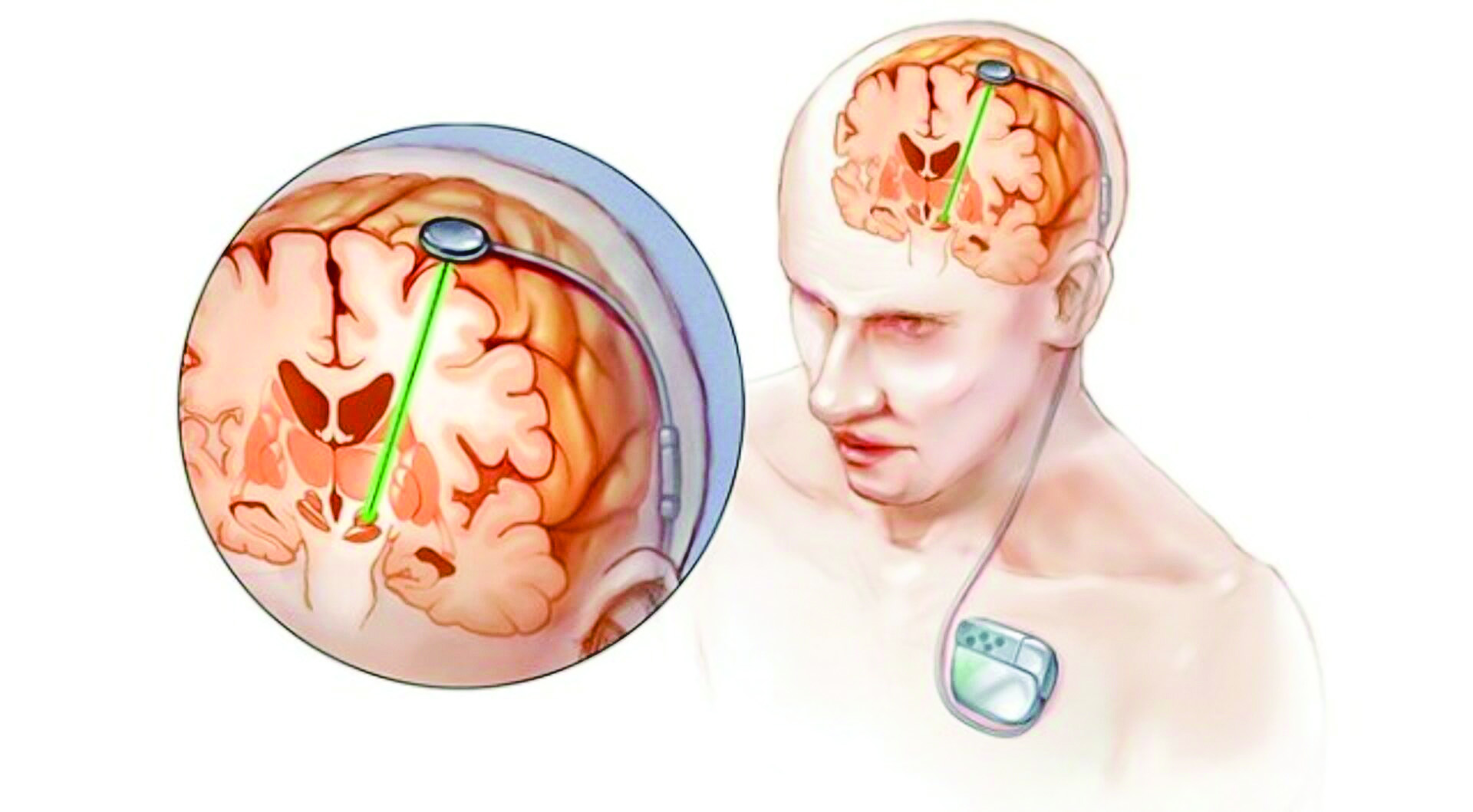
Deep Brain Stimulation (DBS) is a surgical procedure for the neurological disorder known as Parkinson’s disease. It is a procedure that helps in controlling the movement symptoms caused by the disease. Parkinson’s disease is a progressive brain disorder that affects the central nervous system resulting in unintended body movements. Symptoms of the disease include tremors, stiffness, slow movements, postural instability, and more. As Parkinson’s disease reduces the level of dopamine in the brain, it leads to these movement disorders. However, DBS can help manage these symptoms, but it cannot completely cure or stop the disease from spreading.
Understanding deep brain stimulation
The procedure of Deep Brain Stimulation involves the implantation of a small electrode inside the brain’s affected parts that control the body movement. These electrodes are then connected to a pulse generator placed under the skin near the collarbone. The generator further sends electrical signals to the brain that help in decreasing the symptoms of Parkinson’s disease. Initially, the symptoms of Parkinson’s disorder go unnoticed but with time one can notice the changes in the body movements. However, these can be managed with the help of several medications and physical therapies, but DBS is required in the advanced stages when the disease stops responding to the medicines.
Benefits of deep brain stimulation
Among the several treatments for Parkinson’s disease, DBS has emerged as a revolutionary approach to provide relief to patients and improve the quality of their lives. Several benefits of DBS include:
1. Reduces symptoms: DBS helps manage the motor symptoms caused by Parkinson’s disease like stiffness, tremors, and postural instability. Few studies say that the treatment improves the overall health of the patient.
2. Long relief: One of the major benefits of DBS is its ability to provide long-term symptom relief and reduce the need for medications. The treatment can help manage movement disorders as it precisely targets the affected areas of the brain.
3. Customizable treatment: DBS offers customizable treatment options as per the condition of the patients. The stimulation parameters can be adjusted by your doctor to minimize the possible side effects.
4. Manages non-motor symptoms: Along with managing the motor symptoms, DBS also helps in managing the non-motor symptoms linked with Parkinson’s disease including depression, anxiety, and sleep problems. It helps in improving the overall mental well-being of the patient.
5. Less damage: As compared to other open brain surgeries, DBS does not damage parts of the brain nor remove the brain cells. Since the brain is a sensitive organ, there is the risk of bleeding, stroke, and even infection. But with DBS this risk is relatively lower.
The author is a consultant of Neurology at Manipal Hospital Gurugram.